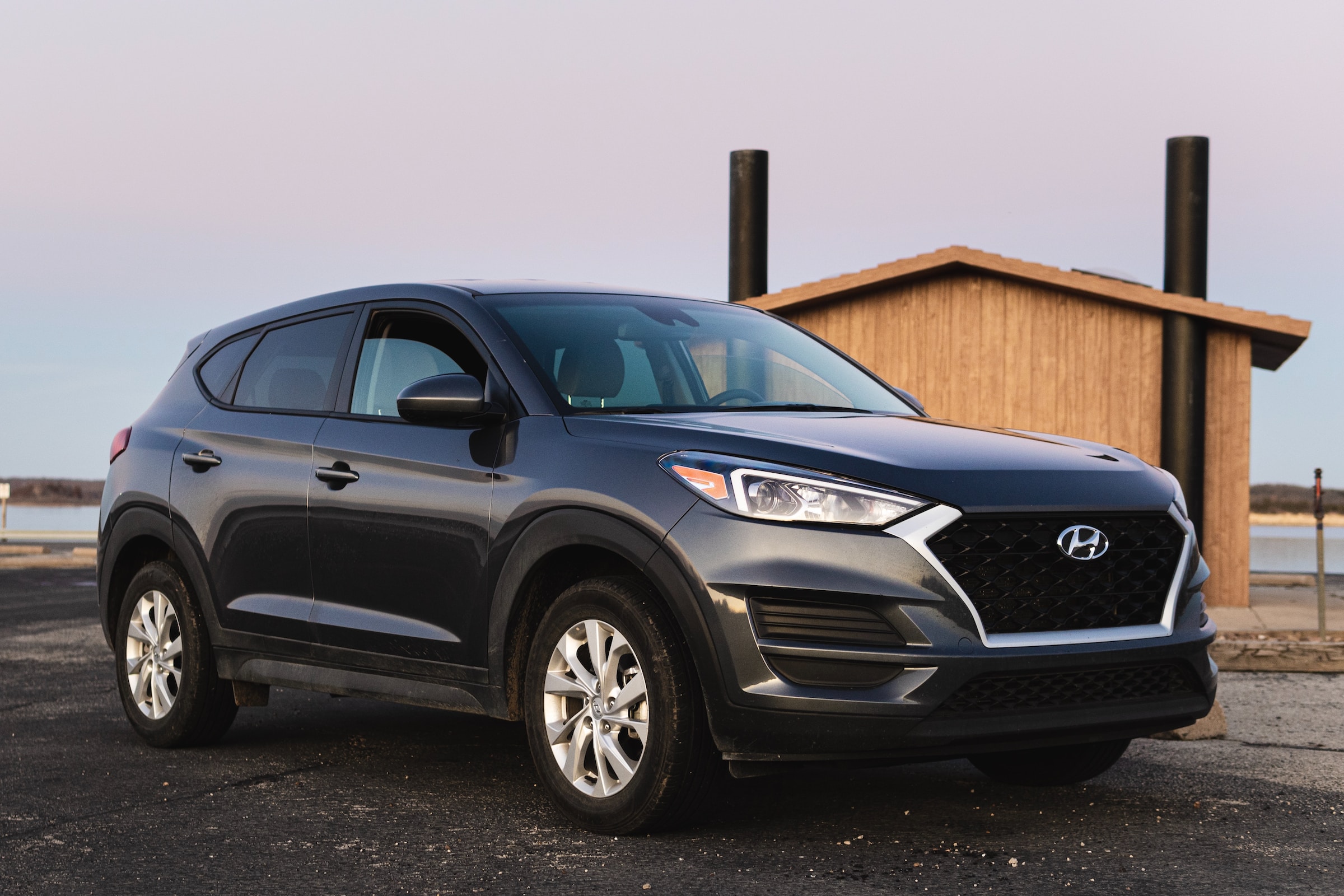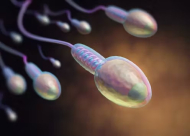Hyundai Motor Co. is shifting gears, converting a sedan production line to accommodate the surging global SUV demand. This strategic move, decided in a recent Employment Security Committee meeting, targets the popular North American Palisade and Tucson models.
The move comes as a response to the current market dynamics, where the popularity of SUVs has surged globally, resulting in high demand for SUV production lines. Concurrently, production lines for passenger cars have experienced reduced volumes, along with concerns about job security.
Under the new production timeline, North American Palisade production is set to commence on Line 1 at Ulsan Plant 5, starting in March next year. Furthermore, the production of the Tucson model will be ramped up in the second half of next year at Ulsan Plant 3.
Dedicated production lines will receive Palisade volumes from Line 1 at Ulsan Plant 4 and Tucson volumes from Line 2 at Ulsan Plant 5. These measures aim to address the backlog of SUV orders in North America and meet the increased demand for SUVs.
Earlier, Hyundai Motor North America had explored establishing a new plant in Canada due to the overwhelming demand for SUVs. However, the labor union actively advocated for work-sharing arrangements across domestic plants to safeguard domestic jobs rather than establishing new overseas plants.
To proceed with coordinating production across various domestic facilities, the consent of the union’s members is required. The union remains optimistic about the growth trajectory of Palisade sales, expecting an increase from 225,000 units in 2025 to 252,000 units in 2026. Similarly, Tucson sales are projected to rise from 290,000 units to 313,000 units during the same period.
As Hyundai Motor Co. prepares to ramp up production, it aims to meet the growing overseas demand for its popular SUV models, Tucson and Palisade. Officials from the automaker anticipate an annual shortfall of approximately 100,000 units for both models in the medium to long term.
Photo: Duncan Winslow/Unsplash



 Disaster or digital spectacle? The dangers of using floods to create social media content
Disaster or digital spectacle? The dangers of using floods to create social media content  Columbia Student Mahmoud Khalil Fights Arrest as Deportation Case Moves to New Jersey
Columbia Student Mahmoud Khalil Fights Arrest as Deportation Case Moves to New Jersey  U.S. Stocks Rally to Record Highs as AI Rebound Fuels Holiday-Shortened Session
U.S. Stocks Rally to Record Highs as AI Rebound Fuels Holiday-Shortened Session  Parents abused by their children often suffer in silence – specialist therapy is helping them find a voice
Parents abused by their children often suffer in silence – specialist therapy is helping them find a voice  Every generation thinks they had it the toughest, but for Gen Z, they’re probably right
Every generation thinks they had it the toughest, but for Gen Z, they’re probably right  Gold Price Breaks $4,500 as Safe-Haven Demand and Rate Cut Bets Fuel Rally
Gold Price Breaks $4,500 as Safe-Haven Demand and Rate Cut Bets Fuel Rally  Oil Prices Rise on Venezuela Sanctions and Nigeria Airstrikes Despite Annual Losses
Oil Prices Rise on Venezuela Sanctions and Nigeria Airstrikes Despite Annual Losses  California Regulator Probes Waymo Robotaxi Stalls During San Francisco Power Outage
California Regulator Probes Waymo Robotaxi Stalls During San Francisco Power Outage  Sanofi to Acquire Dynavax in $2.2 Billion Deal to Strengthen Vaccines Portfolio
Sanofi to Acquire Dynavax in $2.2 Billion Deal to Strengthen Vaccines Portfolio  Hyundai Recalls Over 51,000 Vehicles in the U.S. Due to Fire Risk From Trailer Wiring Issue
Hyundai Recalls Over 51,000 Vehicles in the U.S. Due to Fire Risk From Trailer Wiring Issue  Boeing Wins $2.04B U.S. Air Force Contract for B-52 Engine Replacement Program
Boeing Wins $2.04B U.S. Air Force Contract for B-52 Engine Replacement Program  BlackRock-Backed Global Ports Deal Faces Uncertainty Amid Cosco Demands
BlackRock-Backed Global Ports Deal Faces Uncertainty Amid Cosco Demands  Why financial hardship is more likely if you’re disabled or sick
Why financial hardship is more likely if you’re disabled or sick  AstraZeneca’s LATIFY Phase III Trial of Ceralasertib Misses Primary Endpoint in Lung Cancer Study
AstraZeneca’s LATIFY Phase III Trial of Ceralasertib Misses Primary Endpoint in Lung Cancer Study 































